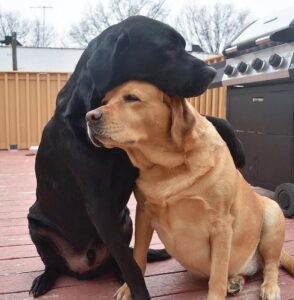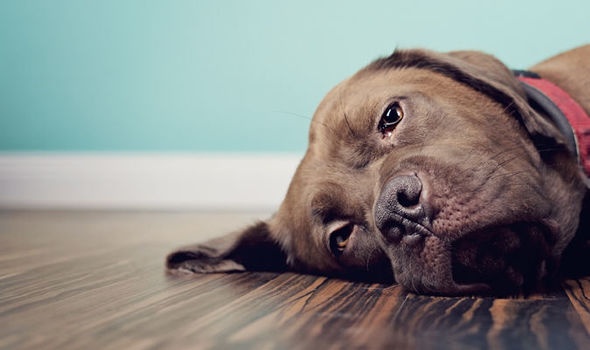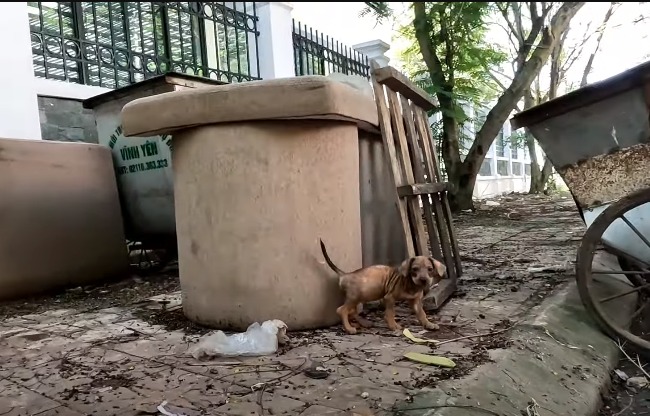The birth of the world’s first test-tube lion cubs could mark an incredible breakthrough for saving highly endangered big cats, scientists say.
A lioness gave birth to two cubs in South Africa – a male and a female – created through artificial insemination.
The feat could offer hope for saving species like the tiger and the snow leopard who are threatened by extinction, researchers claim.

The birth of the world’s first test-tube lion cubs could mark an incredible breakthrough for saving highly endangered big cats, scientists say. A lioness gave birth to two cubs in South Africa – a male and a female – created through artificial inseminationA team of experts at the University of Pretoria pioneered the research into in-vitro fertilisation (IVF) for big cats.
They harvested the sperm of a male lion, which was placed inside the lioness and she gave birth to two healthy cubs three and a half months later.
Both cubs, who were born at the Ukutulu Game Reserve and Conservation Centre, have been given a clean bill of health.
Professor Andre Ganswindt of the University of Pretoria Mammal Research Institute said: ‘There are tremendous threats to wildlife due to the loss of habitat and other pressures created by human activities which also affect big cats.
‘That is why a number of species are listed as vulnerable or endangered but this research could combat the threat of extinction facing several types of big cat around the world’.

The feat could offer hope for saving species like the tiger and the snow leopard, researchers claim. This image shows one of the cubs yawning
Professor Andre Ganswindt of the University of Pretoria Mammal Research Institute said: ‘There are tremendous threats to wildlife due to the loss of habitat and other pressures created by human activities which also affect big cats’. This image shows the same cub as above
Both cubs, who were born at the Ukutulu Game Reserve and Conservation Centre, have been given a clean bill of health

Experts harvested the sperm of a male lion, which was placed inside the lioness mother (pictured) and she gave birth to the two healthy cubs three and a half months later
This image shows the lioness having ultra sound scan. Dr Imke Luders (left) is part of the team from the University of Pretoria and Dr Isabela Callealta (right) had one of the lion cub ‘s named after her





